Yesterday’s Leica M-E announcement seems to have gone off better than I anticipated. Judging by some of the comments to the article, it looks like a cheaper M is welcome. The only question mark, as I said, is that this is reported to be a limited run of only 750 cameras for the world. It would have been far preferable if the M-E had been announced in early 2017 and allowed to run alongside as a budget alternative to the M10.
Reader Le Chef makes this point:
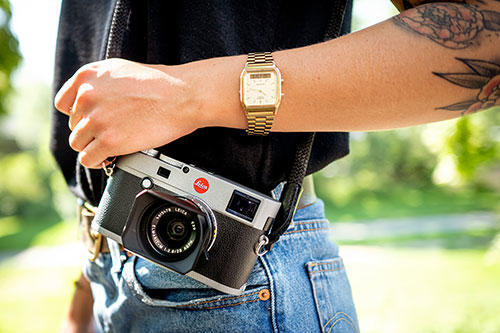
The idea of monetizing old product makes perfect sense but…What is odd is why the delay in offering this camera? It smacks of a marketing team not having their eye on the ball.
Affordable
Mark
While the top end should be just that, I would like not to have to wonder (yet again) if Leica will die and I think (Marketing is my profession) a lower barrier to entry into the M system will be positive for all in the community.
Surprised and delighted! Now if Leica would just ally themselves with 7 Artisans as they did with Minolta (M Rokkors), and brought in affordable R lenses from Minolta and Sigma that would be lovely! THANK YOU Leica may you sell 75,000 (not just 750)
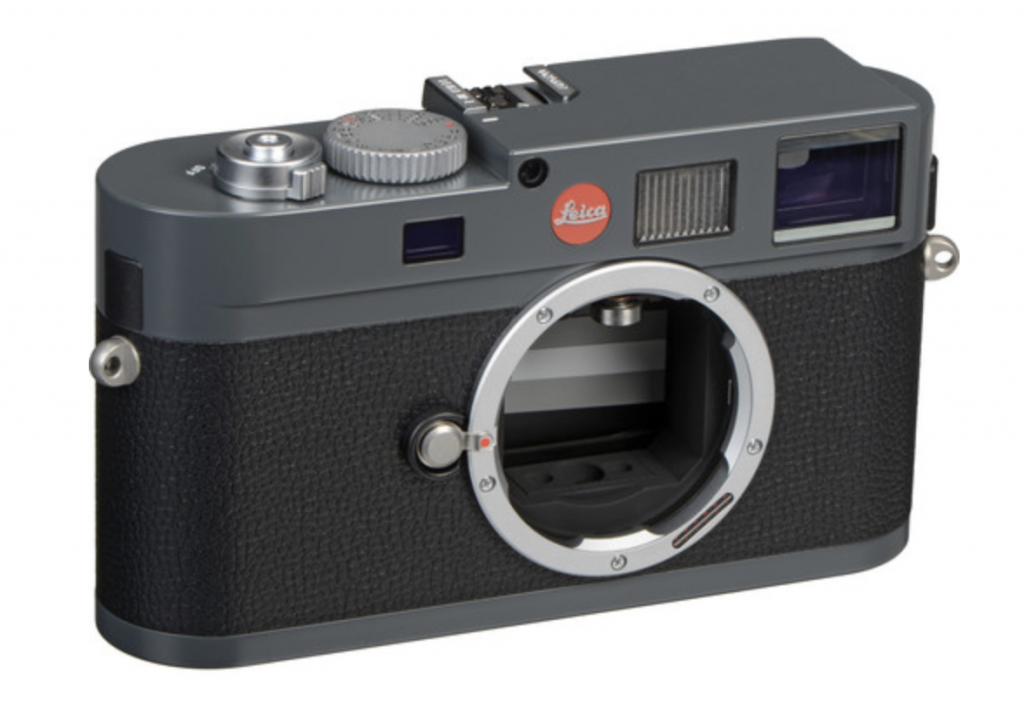
No negatives
Reader Jason agrees and feels that the M-E is a positive move for Leica:
I don’t really see any negatives in this one for Leica. They get to move some redundant chassis/sensors, the camera is inferior enough to the M10 to not be counterproductive at that price and they may attract new Leica owners into the fold who won’t spend $10k but may be willing to find 6-7k for German quality. This is a far different proposition than many of the limited editions/niche cameras, where they often charge more for less.
Dave Seargeant’s feels that it makes sense for Leica to offer a cheaper, or alternate route point of entry for the M range and goes on to make an important point:
Remember each camera will need a lens, and the 240 has possibly long since paid back its R&D costs, so it in theory should be cheaper to knock these out to a new market, and each requiring a lens could make a few quid to the Leica coffers. It is a shame they didn’t get further with research on the CCD sensors in the M9 and find a way to bump that in to the 240 body.
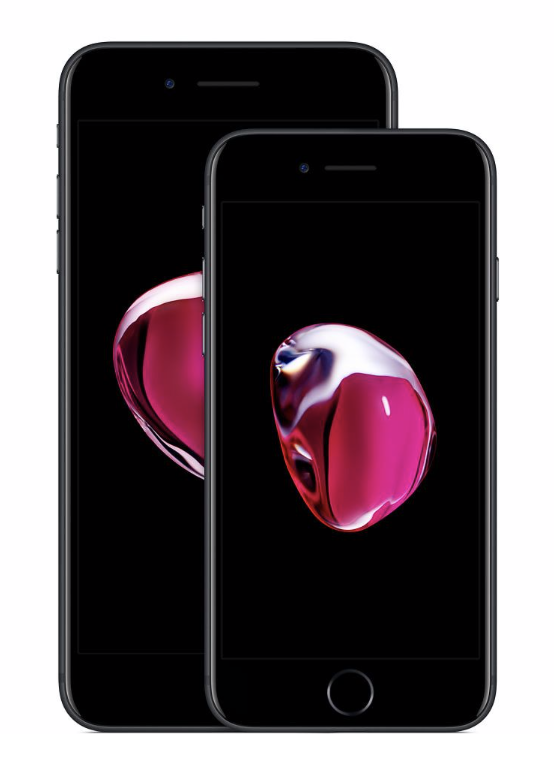
Cheaper entry point
Yesterday I mentioned Apple’s policy of keeping earlier models in circulation as a cheaper entry point of potential buyers who might otherwise be seduced by Android phones.
In addition to the current flagship iPhone XS, which starts at £1,000 here in Britain, there is the XR, starting at £749, the iPhone 8 from £599 and the iPhone 7 from £449. There is thus a wide range of entry points for anyone wanting to buy an iPhone. There is absolutely no reason why Leica couldn’t emulate this policy.
If Leica had kept the M240 running, probably as the M-E, in tandem with the M10, I think it would have been attractive to many buyers. The new M-E could also be successful, so it is all the more disappointing that only 750 will be made — something which does indeed lead to the suspicioun that the parts bins are being cleared.
M10 M-E
When the M11 arrives, possibly in 2020 but more likely in 2021, it will almost certainly have a larger sensor in the mid forties. And as we know from reaction to the Q2, this is not universally welcomed. Many buyers will be satisfied with the M10’s 24MP and would continue to buy it as the M-E.
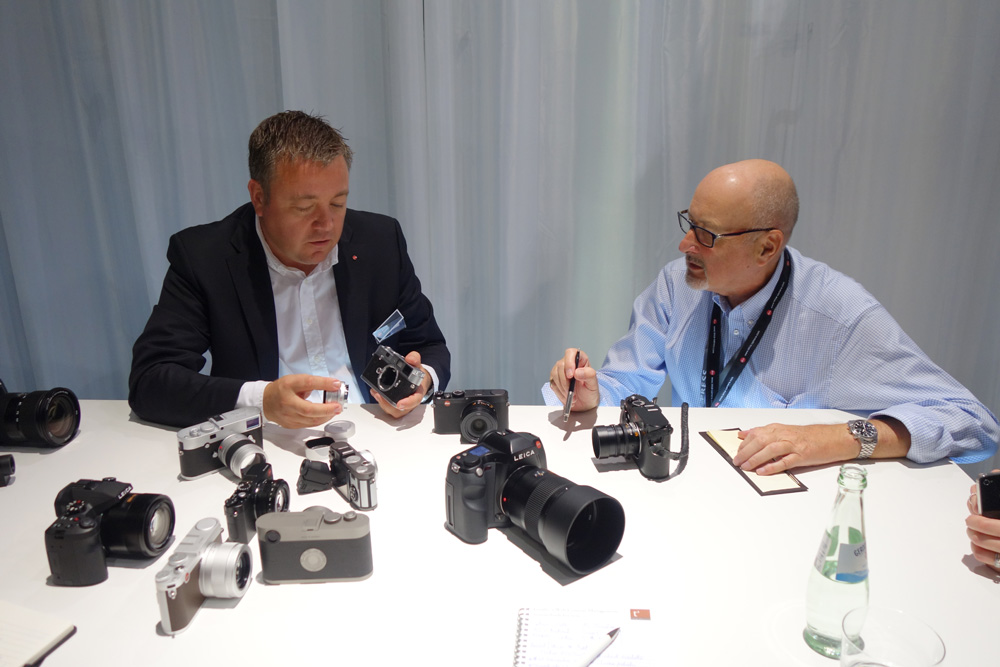
There’s a further factor which helps support this argument. Back in 2014 when I asked Stefan Daniel about reducing the size of the M240 he said that the company’s ultimate aim was to produce a digital camera with the same overall dimensions as the M3.
Many consider to be the all-time perfect form for a rangefinder camera. It is small enough, but not too small, heavy enough, but not too heavy, and feels good in the hands. At the time, the then current M240 was already seen as too bulky.
Just right
While Stefan’s goal wasn’t quite reached with the M10 — it is a few millimetres higher than the M3 — Leica did get it just right. I do not think there is a demand for a yet-lighter M11 and, if Leica has sense, it will not change the overall appearance and form factor of the M11 when it does arrive.
So, apart from the prospect of faster processing, improved dynamic range and low-light performance (which is not always guaranteed anyway with a larger sensor), the current M10, or future M-E, would still have a place as an economical entry rangefinder.
If we go back to Mark Kronquist’s argument about the historic evidence of Leica offering entry-level models, we need look no further than the M2 for an example.
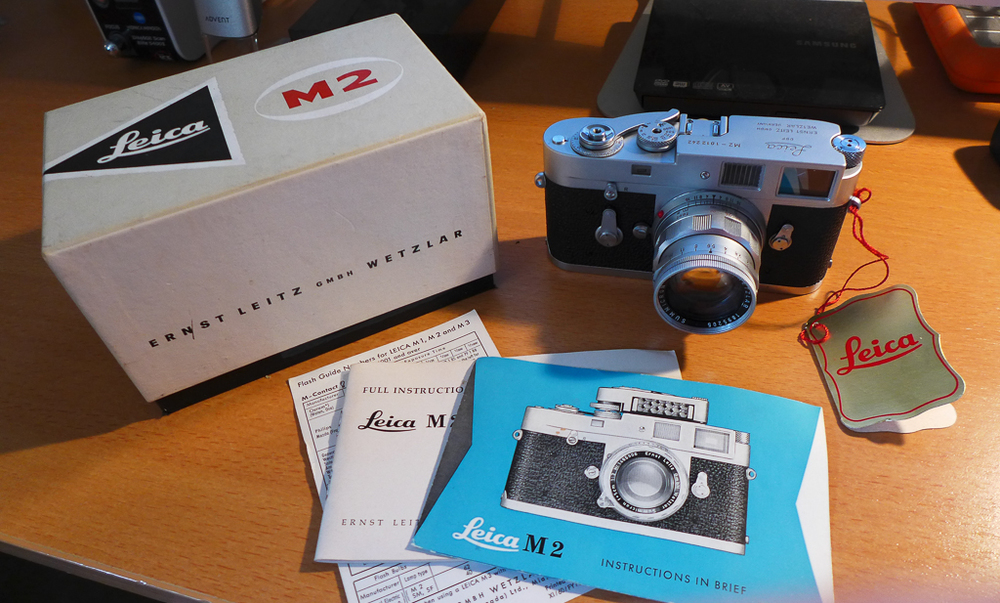
The M2, confusingly for non-Leica followers, came after the M3. When it was introduced in 1957, three years after the M3, it was envisaged as a lower cost alternative to the popular but expensive M3. The main difference between the two models was the external manual-reset film counter and the addition of 35mm frame lines.
The latter, paradoxically, actually improved on the usability of the M3 and the M2 gained and has maintained popularity in its own right. If you want to see the differences in detail, check out page 39 of the Leica Pocket Book which is available here from Red Dot Photo Books.
The new

Leica should consider (re)introducing last generation technology as part of it’s on-going regular product plan. It’s sort of done with “P” designated models, but this approach could easily be used on T/CL/Q lines as well as the M.
Finding a new letter designation (maybe MT for mature technology? Only half serious!) for each out going model and a price point between used and new in order not to depress used prices or to cannibalize the new model would be a way to provide current owners with an easier entry and staircase for the brand.
Giving owners and would be owners that level of predictability creates market stability in both pricing and helps reinforce brand values.
Hi, nice concept but I purchase Leica Q-P which eas was a mature version if Leica Q and then they shortly after introduction dropped price price precipitously by $1000.00 US which is about $1500 Canadian. So am I irritated? They never did this before! I love the camera but I am do irritated that I have put it in ebay as I feel betrayed by Leica every time I look at Lady Di. Leica needs to smell the coffee when they irritate devoted buyers.
By the way, I also hate spell correction after relooking at post. Hope I was not too over the top but Leica pricing lately is not ignored when a person is shafted by their normally loyal mistress!
The question that should be asked by the prospective buyer is “What am I paying for when I buy a “P” designation Leica? What do I get for my money that I don’t get with the regular model?
Ferrari and Porsche charge extra for “added lightness” – but apart from the removal of the Red Dot, what am I getting that some black masking tape could not achieve?
When Leica introduces a “P” designation model does that signal “model change” or does it offer something else?
I can only hope that Leica’s marketing department are asking and answering these types of question in a clear and strategic manner. Because if they’re not…
I was walking along, and someone had put a wall in the way and I stubbed my toe. I love my foot, but I am so irritated that I have cut it off and put it on eBay!
David, Very funny. I had similar thoughts.
It reminds me of a bad dream I had once that I was stranded at an airport for ten hours and I only had the comments on the Leica Forum to read on my iPad.
Hi, normally I would agree, but I needed to fund a strategy that reduced my loss by $600 US and 900 Cdn and Leica cameras no longer hold their investment with the current price reductions so I walked with my heart and mind and minimized my losses. Am I irritated with Leica – yes but I use the sale to pick up a deal that will appreciate in value. The marketers are turning a superb camera into a commodity so I vote wirh my pocket book. I expect instant price reductions from Panasonic and so on but I am an “sophisticated” Leica buyer and a -P model was always a premium model and not immediately reduced in price by US 1000.00. So you can be philosophical about this but you did not suffer this loss and if you did you might be a wee bir more sensitive. Luckily, I can sort of afford the loss and I will speak with my pocket book to Leica as they hire SW people to add animal eye auto focus. Cheers, Brian
Hi, I was replying to David B but I screwed up as I am on my nth Guinness and tired and irritated.
I agree with you, Brian. I would also be upset over the Q-P last-Minute launch and first-Minute price slash.
I sympathise with you on the issue of the Q-P. If they had introduced this model a year ago no one would have been upset. But to launch it only a couple of months before the Q2 is at best careless and at worst totally insensitive. Who will buy a -P in future? Model life used to be predictable. The -P came mid-life and always remained the more desirable choice. I am afraid short-termism has triumphed over sensible marketing.
I like Leica having an entry level more affordable rangefinder for various reasons: it makes a backup camera reasonable, it makes Leica M available to a wider range of people based on lower cost of entry, more glass will sell, and so on.
However, there are only 750 available so this is a short term thing in a global market. Also, this is not like apple in my opinion as Apple is not selling steam driven 2012 technology at the same time as the iphone X . I owned a Leica M (type 240) for 3 years with a love/hate relationship. It was beautiful to use compared to any other camera until it froze at the most awkward moments (missed moments) and then required battery removal to restart. The electronic specs at release were already behind competitors and processing power was too low (my steam driven earlier comment.) and this was supposed to be a premium camera but it was not premium in my view in the electronics and firmware front. I finally sold it to buy a SL which was a tour de force in technology and image rendering but too heavy for me at the time. Hence I am not impressed with this release. I would be impressed if it was a real new entry model with a 24MP sensor, adequate electronics that did not freeze, no video, adequate LCD. They could do two models; one with expensive rangefinder that needs the periodic rangefinder calibration that takes 6 months in my experience- could be longer now if they got rid of repair people recently😆, the model I would buy – the one with the Q2 EVF. Then I would have to repurchase my much loved Leica optical m jewels that I have sold. There is nothing more lovely than an m lens but I cannot reliably focus fast glass and shipping a rangefinder off for a 6 month calibration is a no starter for me on a premium camera.
This is just my personal opinion and I do not want to pee on anyones joy but I used to be a devoted Leica user. I do not understand why they do not come out with an EVF m-mount camera. The add on evf was copied ancient epson technology that they rebranded, charged silly price for, was not integrated into operation of camera, and I had to epoxy in standard position due to terrible me mechanical design. I was so happy when I sold that to unsuspecting person that saw the premium Leica logo on it. I think I was wearing my Leica tie at the time😂.
Leica still makes exquisite glass (I just repurchased a Leica M 50/1.4, in the black chrome version, as it is at the top of the heap of glass I regretted selling).
By the way, before people jump on me, I found the rangefinder generally fine (not for 1.4) for 35 and 50 mm but for focal lengths outside that range an EVF is necessary. I used to own a magnificent copy of the Leica 18 but putting on a horrible evf was beyond my joy. Also the 90 was sublime. However, I am not holding my breath that the product management team will see the Light and create a modern M option with a quality evf replacing a prehistoric mechanical rangefinder that requires calibration and is optimal over a limited focal range and alerature range. Maybe they have not learned from Kodak and Polaroid. I love Leica Glass as it has an untouched rendering and compact size in M but I need a Leica body….
Agree 100% cheaper body good move but they seriously need to have an M /M size body with an evf.
Yes, as others have pointed out, that’s the Q with an M mount. But I doubt we will ever see one. Sadly.
If I was in the market for a new color Leica body today, the M-E is absolutely the one I would buy. The M240 sensor was already far better than “good enough” for anything I’d want to do with it.